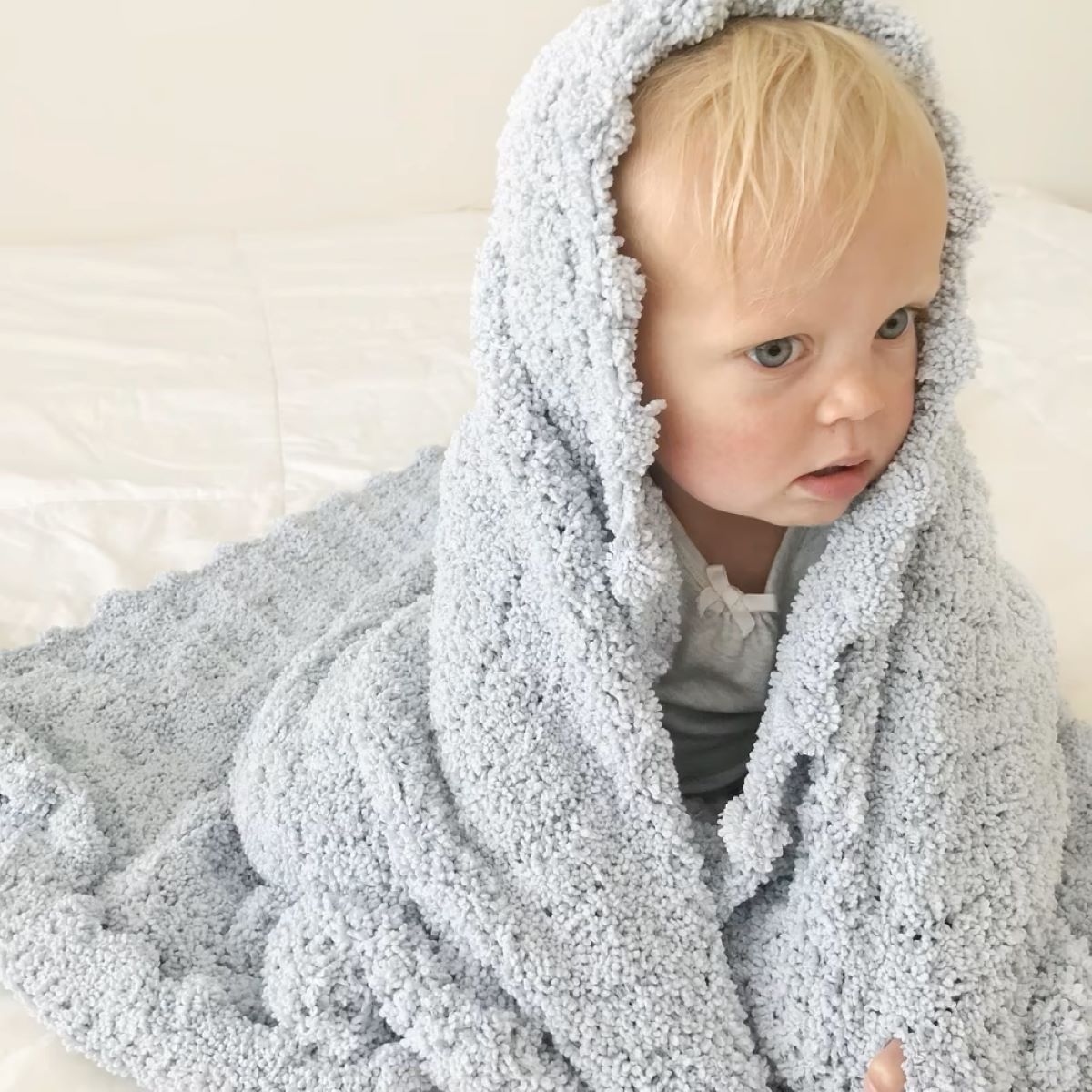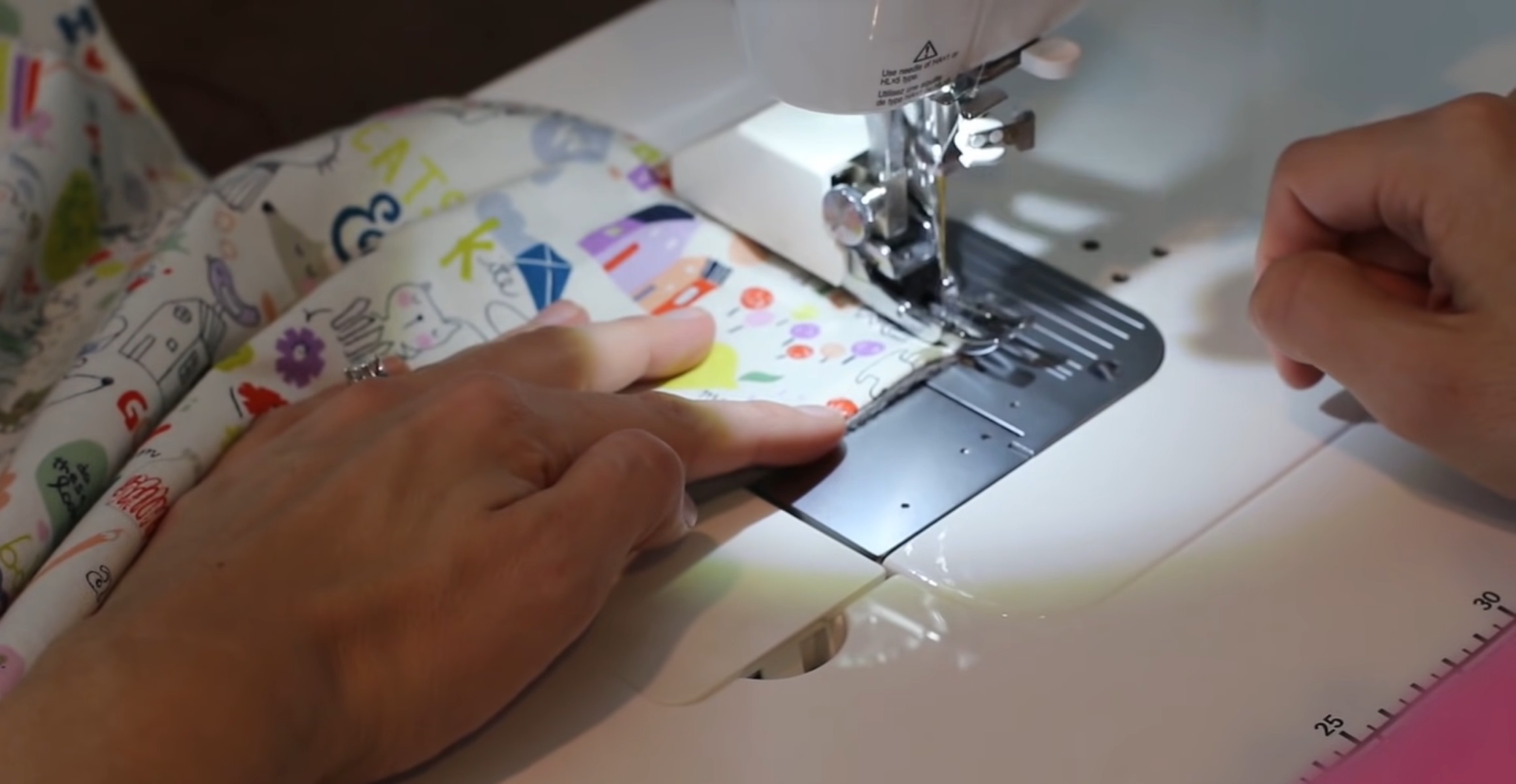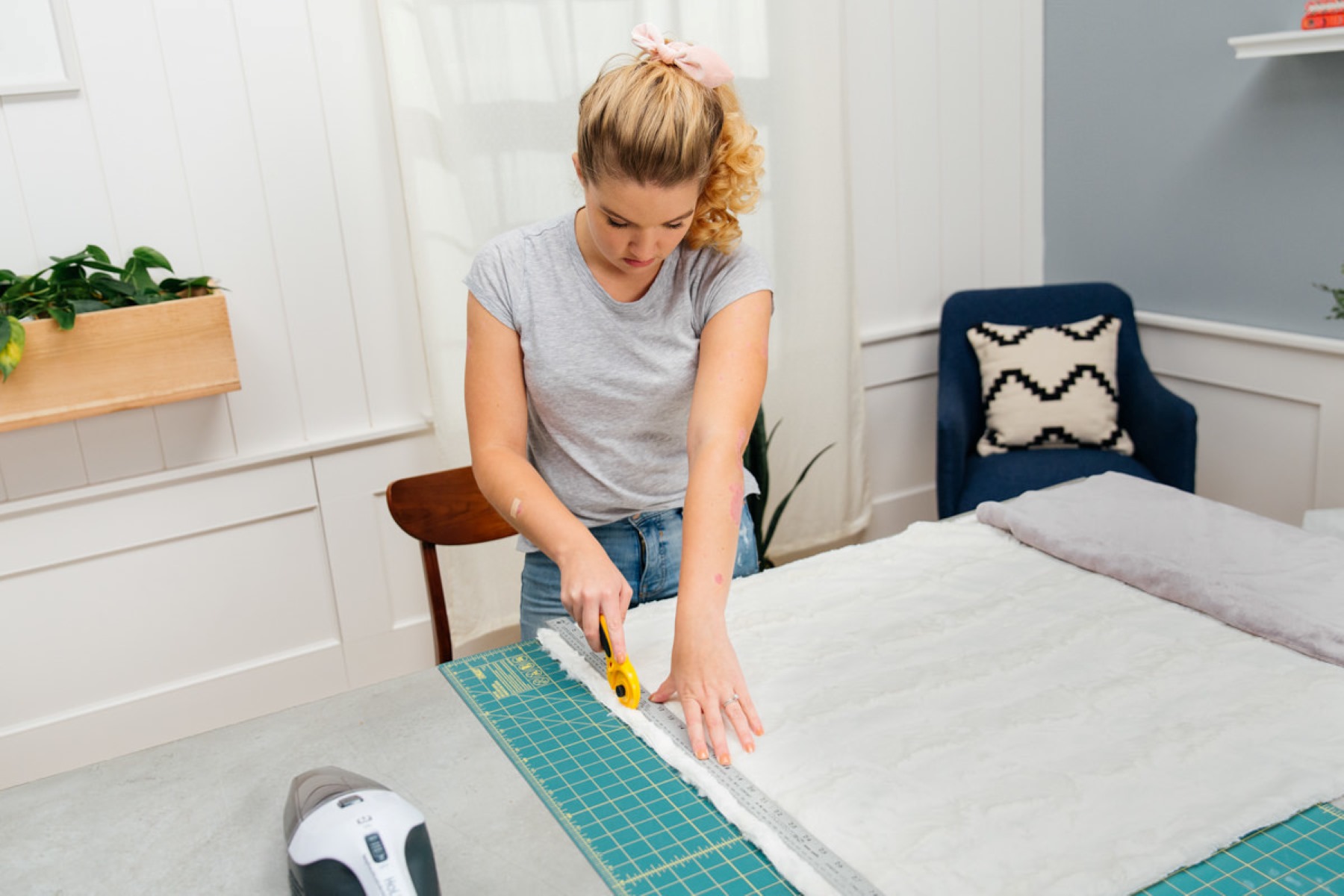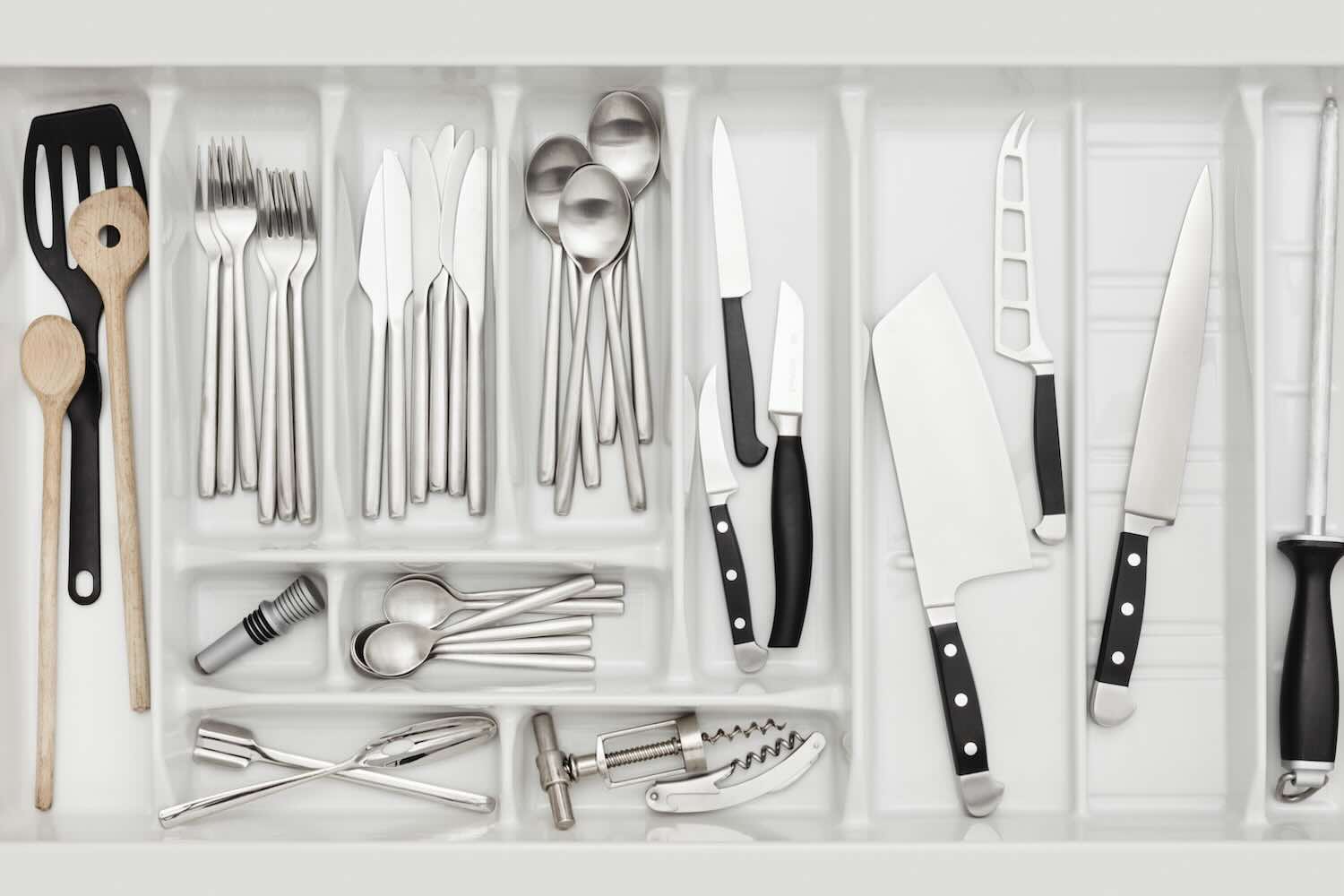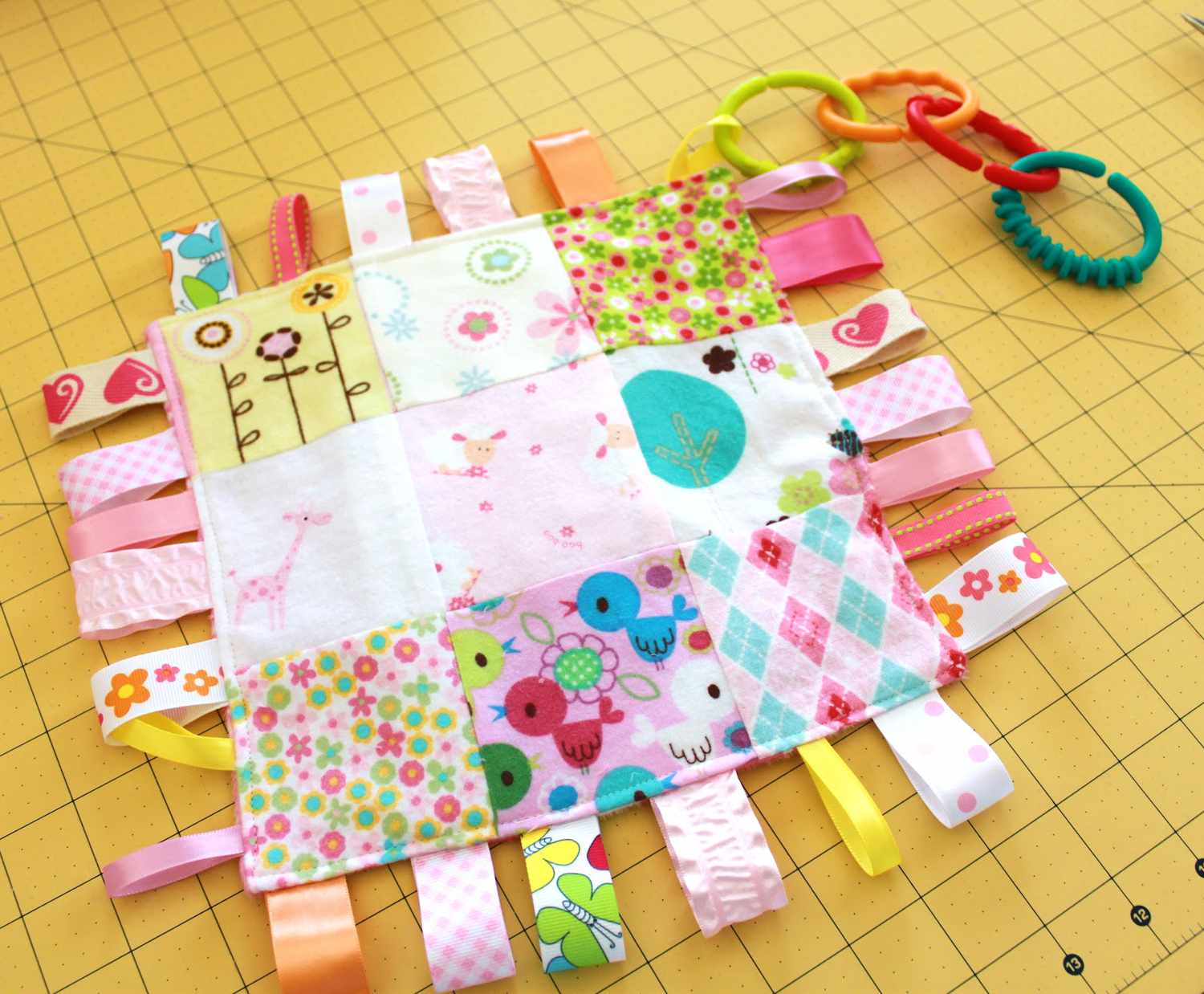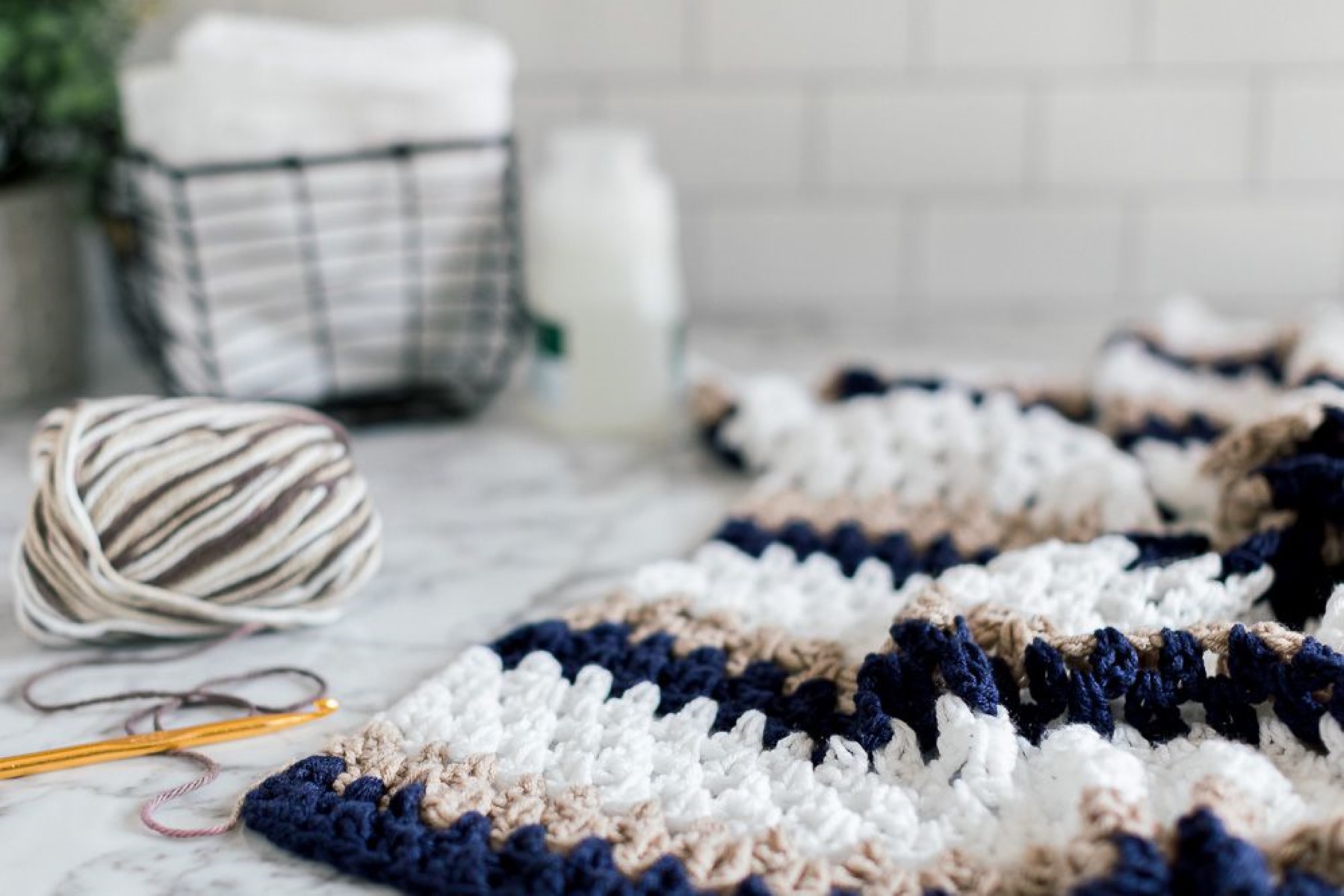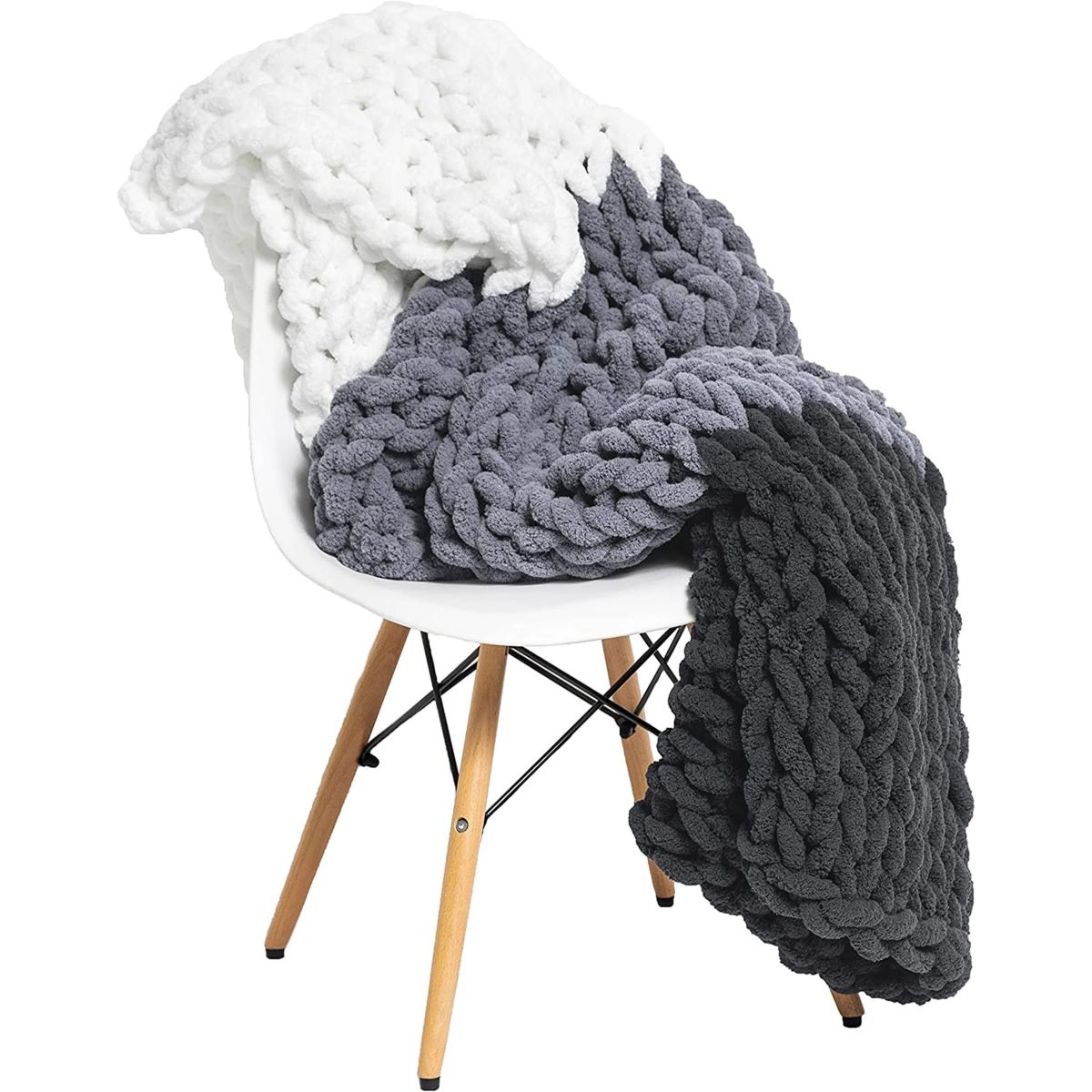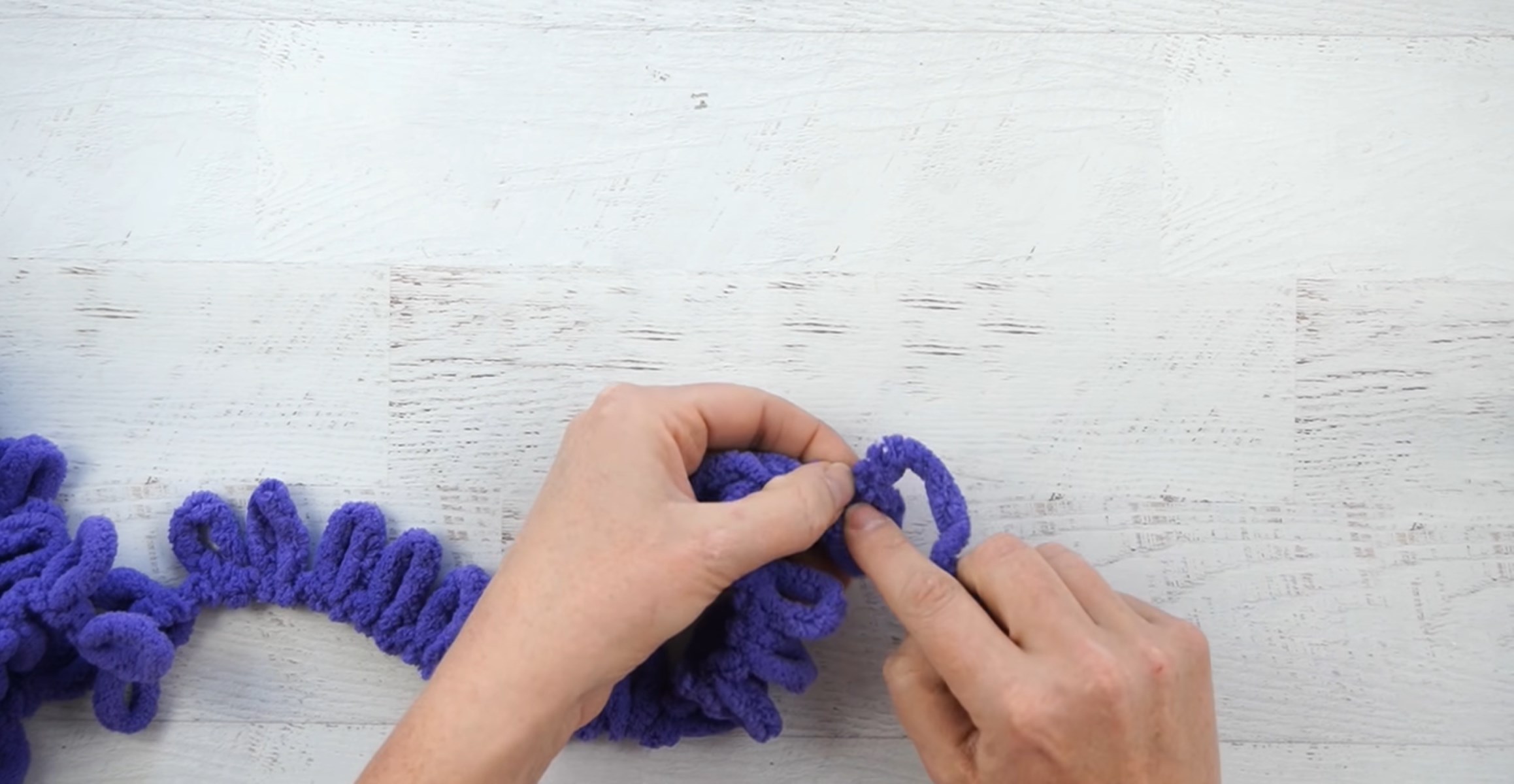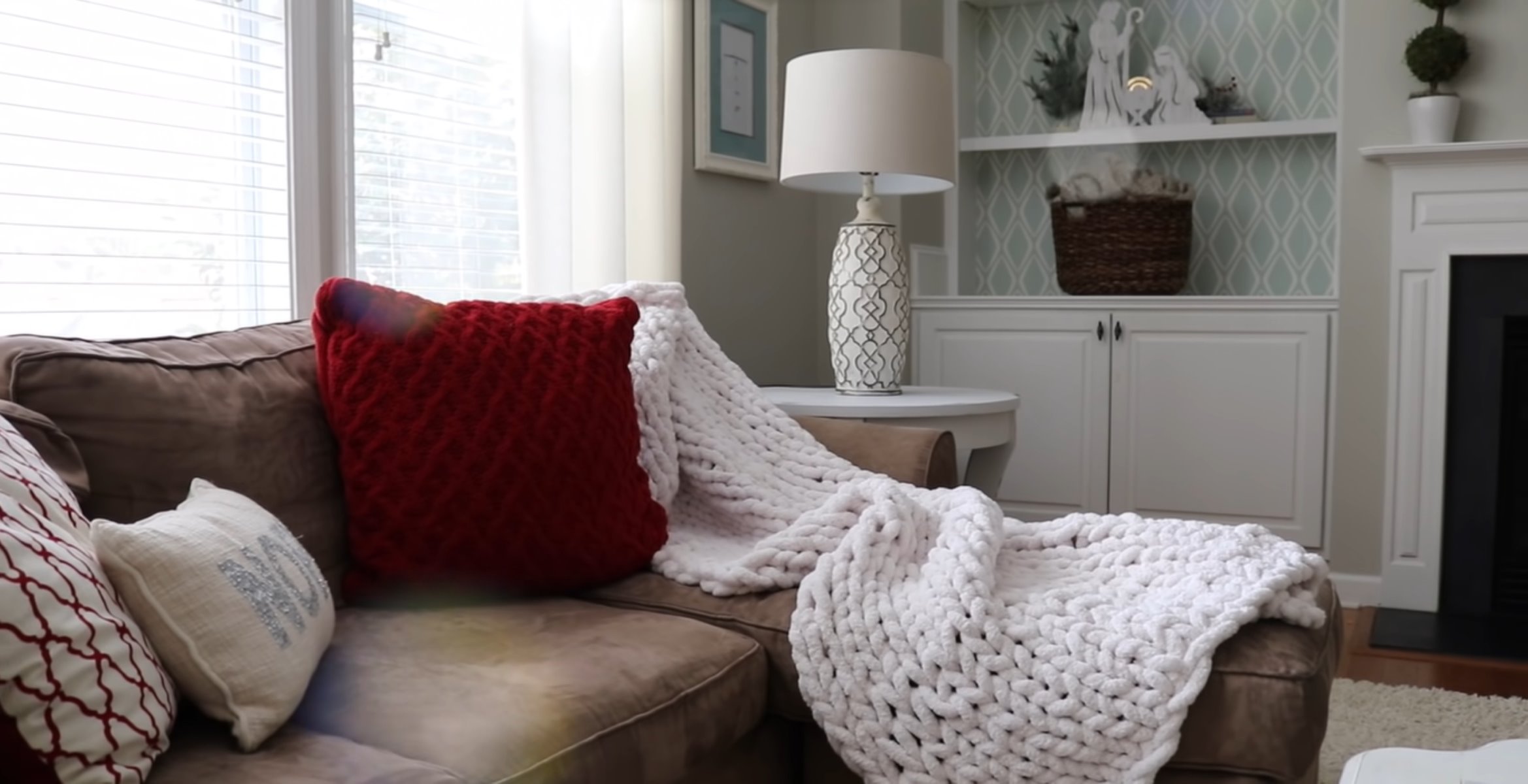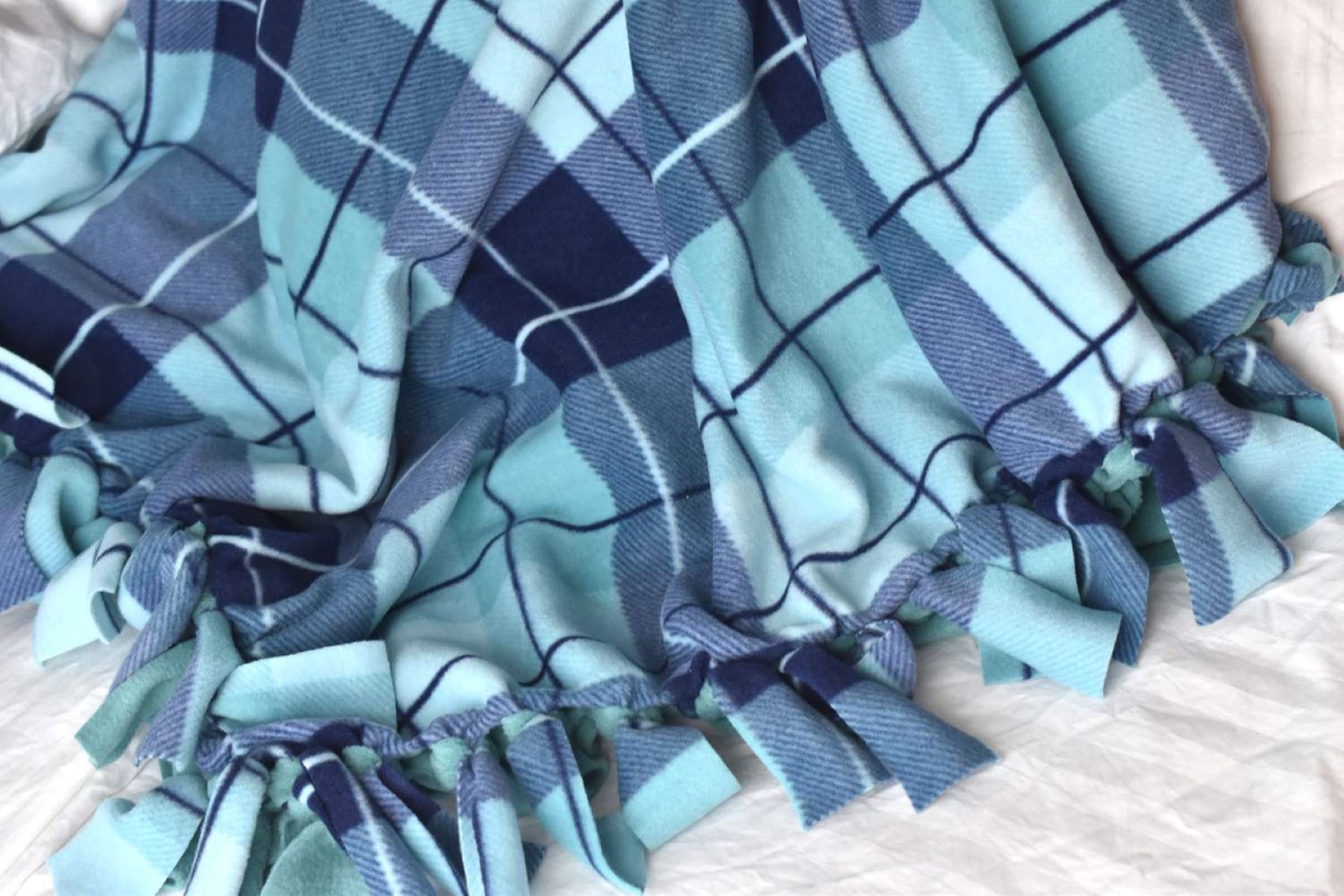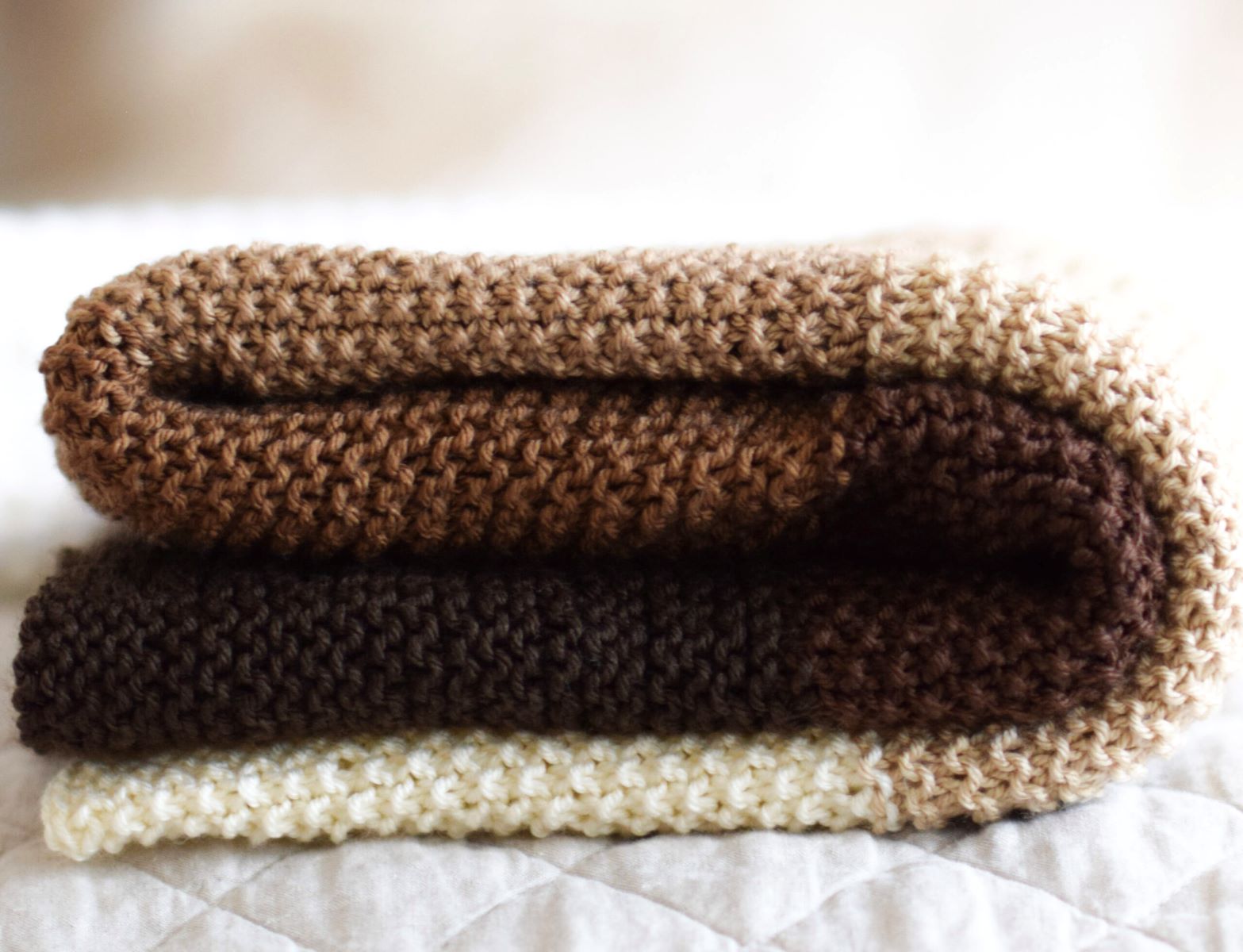Home>Articles>How Much Yarn Do You Need To Make A Baby Blanket
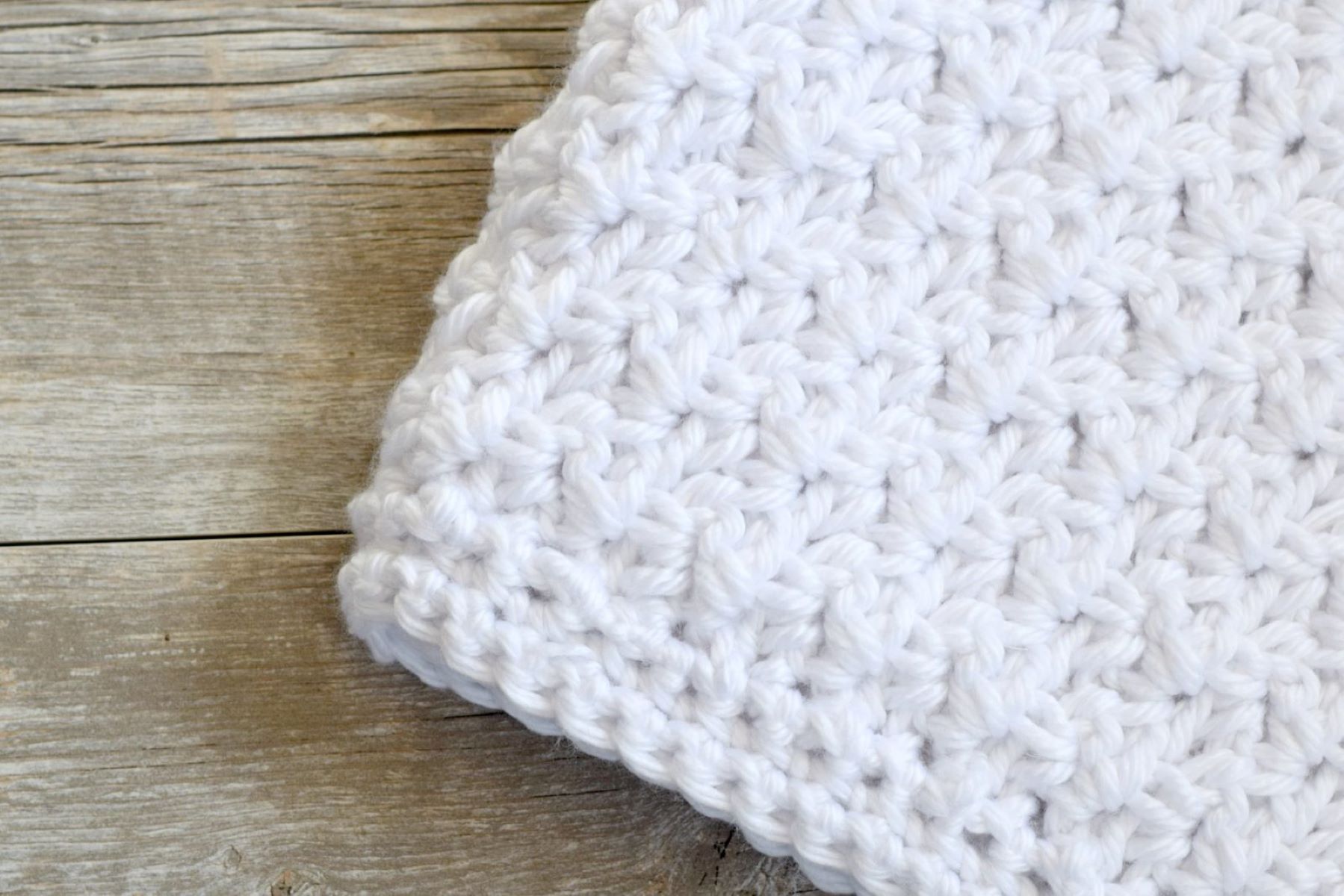

Articles
How Much Yarn Do You Need To Make A Baby Blanket
Modified: January 9, 2024
Discover how many skeins of yarn you'll need to create the perfect baby blanket with our insightful articles on yarn quantities and sizes.
(Many of the links in this article redirect to a specific reviewed product. Your purchase of these products through affiliate links helps to generate commission for Storables.com, at no extra cost. Learn more)
Introduction
Welcome to the wonderful world of knitting and crocheting! There is something truly special about creating handmade items, and one of the most popular projects for crafters is making baby blankets. Whether you’re making one for your own little bundle of joy or as a thoughtful gift for a loved one, it’s important to know how much yarn you’ll need to complete the project.
When it comes to determining the amount of yarn required for a baby blanket, there are several factors to consider. The size of the blanket, the weight of the yarn, the knitting or crochet gauge, and the stitch pattern all play a role in determining the appropriate yardage.
In this article, we’ll delve into each of these factors and provide you with a comprehensive guide on how to calculate the amount of yarn needed for your baby blanket project. Whether you’re a seasoned crafter or just starting out, this article will help you make informed decisions and ensure that you have just the right amount of yarn to complete your baby blanket.
Key Takeaways:
- Ensure you have enough yarn for your baby blanket by considering size, yarn weight, gauge, and stitch pattern. Always have extra yarn to avoid running out mid-project.
- Calculate yarn yardage by factoring in dimensions, stitch pattern, gauge, and yarn weight. Adjust for complexity and always have extra yarn on hand.
Read more: How Much Yarn Do You Need For A Blanket
Factors to Consider
Before diving into the specifics of yarn yardage calculation, let’s explore the key factors that influence the amount of yarn you’ll need for your baby blanket.
- Size of the Blanket: The size of your baby blanket will greatly impact the amount of yarn required. Consider whether you want to make a small receiving blanket, a stroller blanket, or a larger crib-sized blanket. The dimensions of the blanket will determine how much yarn you’ll need to cover the surface area.
- Yarn Weight: Yarn comes in various weights, ranging from lightweight sock yarn to bulky and super bulky yarn. The weight of the yarn affects both the appearance and the yardage. Thicker yarns generally require fewer yards to cover the same area compared to thinner yarns.
- Knitting or Crocheting Gauge: The gauge refers to the number of stitches and rows per inch in a specific stitch pattern. If you’re following a pattern, it will specify the recommended gauge. Adjusting the gauge can significantly alter the yardage requirements.
- Stitch Pattern: The stitch pattern you choose for your baby blanket will also impact the yardage. Some stitch patterns require more yarn due to their density or intricate designs, while others may be more open and use less yarn.
By considering these factors, you’ll be able to estimate the approximate amount of yarn needed for your baby blanket project. Keep in mind that these are general guidelines, and it’s always better to have a little extra yarn on hand than to run out before completing your project.
Size of the Blanket
The size of the blanket is an important factor to consider when determining the amount of yarn you’ll need. The dimensions of your baby blanket will depend on your preferences and the specific purpose of the blanket. Here are a few common sizes to consider:
- Receiving Blanket: A receiving blanket is typically small, measuring around 30 inches by 30 inches. It’s used to swaddle newborns and provide them with a cozy and comforting environment.
- Stroller Blanket: A stroller blanket is slightly larger, averaging around 30 inches by 36 inches. It’s designed to keep your little one warm and snug while on the go.
- Crib Blanket: A crib blanket is larger still, measuring about 36 inches by 52 inches. It covers the entire crib mattress and provides extra warmth and comfort for your baby while they sleep.
When deciding on the size of your baby blanket, consider the intended use and any specific measurements you have in mind. Keep in mind that these are just general guidelines, and you can always adjust the size to suit your preferences.
Once you have determined the size of your baby blanket, you can move on to calculating the amount of yarn required. The dimensions of the blanket will serve as a starting point for estimating the yardage, but other factors like yarn weight and stitch pattern will also come into play.
Remember, it’s always better to have a bit more yarn than you think you’ll need. This way, you won’t have to worry about running out of yarn in the middle of your project, and you can ensure that your baby blanket turns out just the way you envision it.
Yarn Weight
The weight of the yarn you choose for your baby blanket will significantly impact the amount of yarn needed. Yarn weight refers to the thickness or diameter of the yarn strand and is categorized into different categories, ranging from lace weight to super bulky. Each weight has its own characteristics and yardage requirements.
When it comes to baby blankets, the most commonly used yarn weights are DK (light worsted), worsted, and bulky. Here’s a breakdown of these popular yarn weights:
- DK (Double Knitting) or Light Worsted: DK weight yarn is a lightweight yarn that is versatile and perfect for baby blankets. It offers a good balance between warmth and softness, making it suitable for a variety of climates.
- Worsted: Worsted weight yarn is slightly thicker and provides more insulation and warmth. It is an excellent choice for cozy, snuggly blankets, especially for colder climates.
- Bulky: Bulky weight yarn is thicker and creates a chunkier texture. It works up quickly and produces warm and plush blankets, perfect for cuddling your little one.
As a general rule of thumb, the thicker the yarn, the less yardage you’ll need to cover the same surface area. For example, a baby blanket made with bulky weight yarn will require less yarn compared to the same size blanket made with DK weight yarn.
When selecting the yarn weight for your baby blanket, consider the desired thickness, drape, and warmth of the blanket. Choose a weight that suits your preferences and the climate you live in. Keep in mind that different yarn brands may have small variations in yardage per weight, so always check the label or consult the yarn manufacturer’s website for specific yardage information.
Next, we’ll explore how the knitting or crocheting gauge can affect the amount of yarn required for your baby blanket project.
Knitting or Crocheting Gauge
The knitting or crocheting gauge is an essential factor to consider when determining the amount of yarn needed for your baby blanket. The gauge refers to the number of stitches and rows you achieve per inch or centimeter when working with a specific yarn and needle or hook size.
Every knitting or crochet pattern usually includes a recommended gauge for a particular stitch pattern. It’s crucial to match this gauge to ensure that your finished blanket turns out the correct size and that you accurately estimate the required yardage.
If your gauge is looser (fewer stitches and rows per inch) than the recommended gauge, your stitches will be larger, resulting in a larger blanket. Conversely, if your gauge is tighter (more stitches and rows per inch), your stitches will be smaller, resulting in a smaller blanket.
The gauge affects the yardage because, with a looser gauge, you’ll need fewer stitches and rows to cover the same surface area, requiring less yarn. Conversely, a tighter gauge will require more stitches and rows and therefore more yarn.
It’s crucial to create a gauge swatch before starting your baby blanket project. To do this, cast on a sufficient number of stitches and work a square swatch in your chosen stitch pattern. Measure the number of stitches and rows in a set number of inches or centimeters to determine your gauge.
If your gauge matches the pattern’s recommended gauge, you can confidently proceed with the pattern’s instructions for determining the yardage. However, if your gauge differs, you’ll need to make adjustments to calculate the required yardage accurately.
By understanding and adjusting for your specific knitting or crocheting gauge, you can ensure that you have enough yarn to complete your baby blanket project without running out or having excessive leftovers.
Next, we’ll discuss how the stitch pattern you choose for your baby blanket can impact the amount of yarn needed.
When making a baby blanket, a good rule of thumb is to have at least 1000 yards of yarn for a standard size blanket. However, this can vary depending on the pattern and yarn weight used. Always check the pattern for specific yardage requirements.
Read more: How Much Yarn Do I Need To Crochet A Blanket
Stitch Pattern
The stitch pattern you choose for your baby blanket can have a significant impact on the amount of yarn needed. Different stitch patterns have varying levels of density and yarn consumption.
Some stitch patterns, such as garter stitch or stockinette stitch, are relatively simple and use yarn efficiently. These stitch patterns have a consistent texture and straightforward construction, resulting in a balanced use of yarn.
On the other hand, more complex stitch patterns, like cables, lace, or intricate colorwork, can require more yarn. These stitch patterns often involve additional stitches, yarn overs, or specialized techniques that create more fabric or result in a denser texture.
When choosing a stitch pattern for your baby blanket, consider the overall look you want to achieve and the level of skill and patience you have. If you’re a beginner or want to create a quick and simple blanket, opt for a basic stitch pattern that will use yarn efficiently.
If you’re up for a challenge or desire a more elaborate design, go for a stitch pattern that includes cables, lace, or other intricate details. Keep in mind that these stitch patterns may require additional yarn due to their more intricate construction.
Additionally, consider how the stitch pattern affects the final size of the blanket. Some stitch patterns naturally result in more or less stretch or drape, which can impact the actual dimensions of the finished blanket.
Before diving into your baby blanket project, it’s beneficial to experiment with different stitch patterns and swatches to get a sense of their yarn requirements and the overall aesthetic they create. This will help you make an informed decision and accurately estimate the amount of yarn needed for your chosen stitch pattern.
Next, let’s delve into the process of calculating the yarn yardage for your baby blanket.
Calculating Yarn Yardage
Calculating the yarn yardage for your baby blanket involves taking into account the size of the blanket, the yarn weight, the knitting or crocheting gauge, and the stitch pattern. By considering these factors, you can estimate the approximate amount of yarn needed for your project.
Here’s a step-by-step guide on how to calculate the yarn yardage:
- Note down the dimensions: Measure the length and width of your desired size for the baby blanket. Make sure to measure in inches or centimeters for accuracy.
- Determine the stitch pattern: Decide on the stitch pattern you’ll be using for your blanket. Consider whether it’s a simple stitch pattern or a more intricate design.
- Check the recommended gauge: Review the pattern or consult the yarn manufacturer’s website to determine the recommended gauge for your chosen stitch pattern.
- Create a gauge swatch: Knit or crochet a gauge swatch in the chosen stitch pattern using your desired yarn and needle or hook size. Measure the number of stitches and rows per inch or centimeter to determine your gauge.
- Estimate the stitches and rows: Calculate the number of stitches and rows you’ll need based on the dimensions of the blanket and your gauge. Multiply the number of stitches per inch by the desired width of the blanket, and multiply the number of rows per inch by the desired length of the blanket.
- Factor in the stitch pattern: Consider how the stitch pattern affects the yarn requirements. For simple stitch patterns, you can assume a standard amount of yarn usage. For more complex stitch patterns, increase the estimated yardage by a certain percentage based on your experience or the recommendations in the pattern.
- Consider yarn weight: Keep in mind the weight of the yarn you’ll be using. Thicker yarns generally require less yardage, while thinner yarns require more yardage to cover the same surface area.
It’s important to note that the calculated yardage is an estimation, and it’s always a good idea to have a little extra yarn on hand. Variations in tension, stitch size, or personal preferences may require additional yarn to complete your baby blanket project.
Now, let’s walk through an example of calculating the yarn yardage for a baby blanket.
Example Calculation
To illustrate the process of calculating yarn yardage, let’s consider an example:
You want to make a baby blanket with the dimensions of 36 inches by 40 inches. You’ve chosen a worsted weight yarn and your gauge is 5 stitches and 7 rows per inch in stockinette stitch.
Now, let’s calculate the estimated yardage:
- Dimensions: The width is 36 inches and the length is 40 inches.
- Gauge: Your gauge is 5 stitches and 7 rows per inch in stockinette stitch.
- Calculate stitches and rows: Multiply the stitches per inch by the desired width and the rows per inch by the desired length. In this case, 5 stitches/inch x 36 inches = 180 stitches and 7 rows/inch x 40 inches = 280 rows.
- Consider the stitch pattern: Since we’re using stockinette stitch, which is a relatively simple stitch pattern, we can assume a standard amount of yarn usage.
- Factor in yarn weight: Since you’ve chosen worsted weight yarn, you can refer to the yarn label or manufacturer’s website to determine the recommended yardage per skein.
Based on this information, you can estimate that you’ll need approximately 180 stitches and 280 rows of worsted weight yarn to complete your baby blanket.
Keep in mind that this is a rough estimation, and it’s always better to have extra yarn than to run out during your project. It’s also important to note that different stitch patterns and personal tension can affect the yardage, so these calculations serve as a guide.
By following these steps and making adjustments based on your specific project, you’ll be able to calculate a close estimate of the yarn yardage needed for your baby blanket.
Once you have your estimated yardage, you can purchase the necessary amount of yarn and begin working on your beautiful baby blanket.
Conclusion
Calculating the amount of yarn needed for your baby blanket is an essential step in ensuring that you have enough yarn to complete your project without running out. By considering factors such as the size of the blanket, yarn weight, knitting or crocheting gauge, and stitch pattern, you can estimate the approximate yardage required.
Remember that these calculations are estimates, and it’s always a good idea to have a little extra yarn on hand to account for variations in tension, stitch size, or personal preferences. Running out of yarn in the middle of your project can be frustrating and may compromise the finished result.
When choosing a yarn weight and stitch pattern, consider the desired look, feel, and level of complexity for your baby blanket. Keep in mind that thicker yarns generally require less yardage, while thinner yarns require more yardage to achieve the same size and coverage.
By conducting a gauge swatch, you can determine your specific knitting or crocheting gauge and make accurate calculations based on your stitch pattern and yarn weight. Adjust your estimated yardage based on the complexity of your stitch pattern, as intricate designs may require additional yarn.
Ultimately, having a clear understanding of the factors that affect yarn yardage calculation will help you plan your baby blanket project efficiently and avoid any unexpected surprises. Whether you’re a seasoned crafter or just starting on your knitting or crocheting journey, taking the time to calculate yarn yardage will greatly contribute to the success and satisfaction of your baby blanket project.
So, grab your needles or crochet hooks, gather your yarn, and embark on the joyous journey of creating a beautiful, handmade baby blanket that will be cherished for years to come.
Frequently Asked Questions about How Much Yarn Do You Need To Make A Baby Blanket
Was this page helpful?
At Storables.com, we guarantee accurate and reliable information. Our content, validated by Expert Board Contributors, is crafted following stringent Editorial Policies. We're committed to providing you with well-researched, expert-backed insights for all your informational needs.
